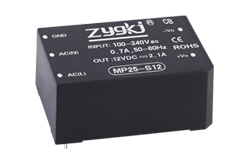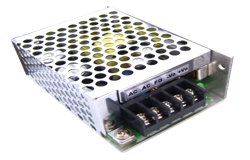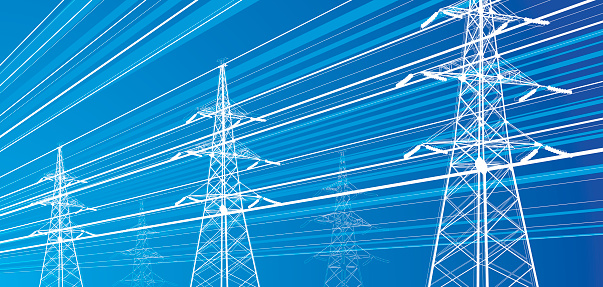About Made in China DC-DC Converter exported to the United States
A DC-to-DC converter, called a chopper, is powered by a DC voltage source, usually a diode rectifier, and a DC link, which consists of a large capacitor connected across the input terminals of the chopper, usually but not necessarily in series inductance. The capacitor smoothes the DC voltage produced by the rectifier and acts as the source of the high frequency ripple current drawn by the chopper. Inductors provide an additional barrier to high-frequency currents in the power supply system. All choppers are pulse width modulated and phase control is not feasible for both DC type input and output voltages.
The importance in many industrial applications outweighs the latter. The advantages are reduced weight and cost and improved energy efficiency.
DC-to-DC converters are primarily used to generate regulated and consistent voltages that are produced by fluctuating or non-constant power sources. These converters use high frequency switching circuits, as well as inductors, switches and capacitors to reduce switching noise and maintain a stable DC voltage. The DC-to-DC converter maintains its efficiency as a power conversion circuit by closing the feedback loop to ensure a constant voltage output even when the input or output voltage may vary.



































